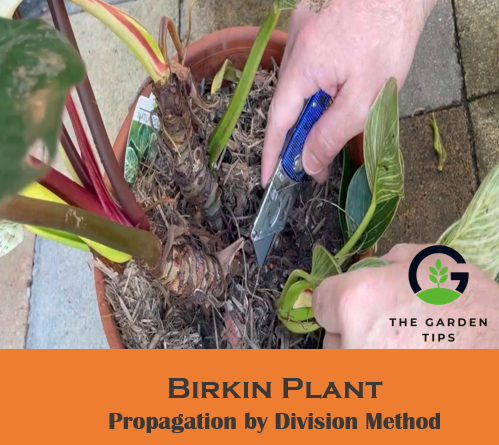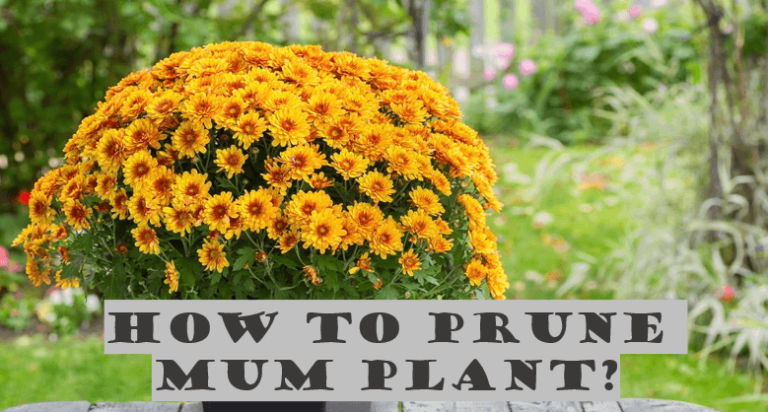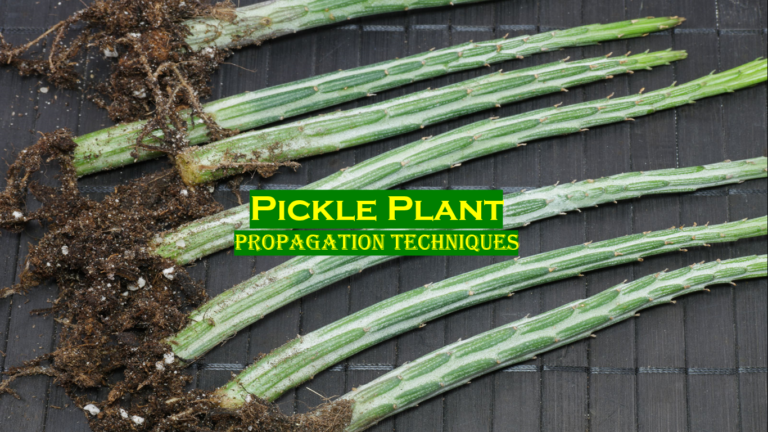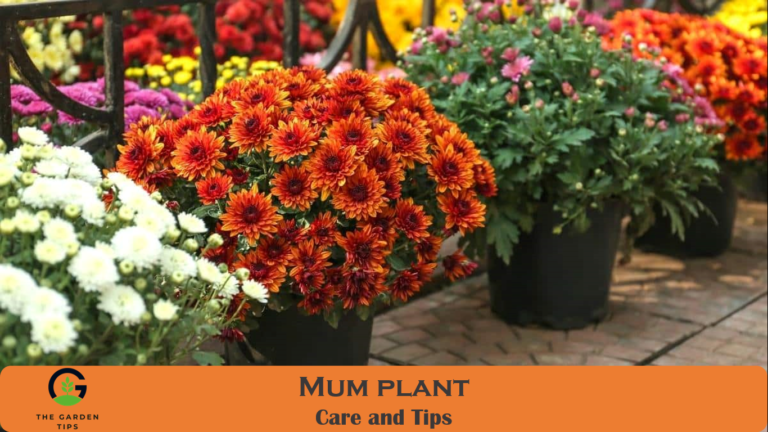ZZ plants are short for Zamiifolia Zamioculcas, which are well-known for their thriving capabilities even in extreme carelessness. These beautifully green, tropical aroid palms are well-adapted and sufficient to endure irregular watering and light conditions. If you have a ZZ plant and want to keep it clean and new, you must learn how to repot ZZ plant.
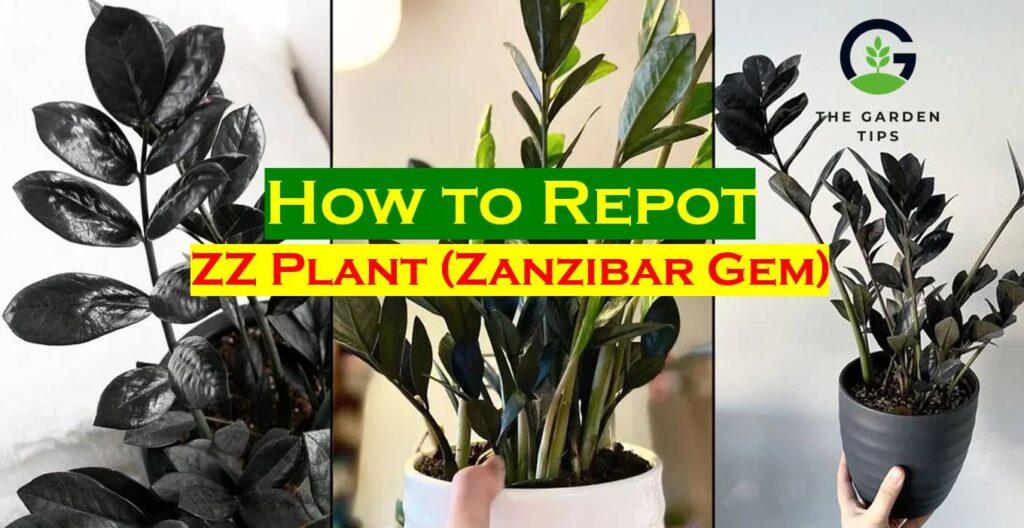
ZZ plant repotting is easy and simple if you follow the step-by-step guide in this article. These ZZ plants need repotting like any other plant due to the reason that the roots and leaves of the plant start to outgrow the plant, and you notice a ceased growth. If you notice these signs, repotting a ZZ plant is the best option. Stay tuned if you want to learn the complete process of repotting a ZZ plant.
Why Repotting Is Important for ZZ Plant?
ZZ plants grow slowly and need repotting more often compared to other plants. You might need to change the container of ZZ plants to ensure growth. They are very slow in growth, so you need to check precisely that the growth is taking place or if it needs repotting.
If the ZZ plant is growing out of the container and you can see the root coming out of the bottom of the base, the nutrients are not dividing properly and are more likely to damage. They need a larger container to grow.
Repotting is important to prevent ZZ plants from being pot-bound or root-bound. Repotting the ZZ plant in winter is not recommended as the cold season can damage the plant; wait for spring or summer to repot the plant.
When To Repot ZZ Plant?
If you are wondering how to tell if a ZZ plant needs repotting, you will need to repot your ZZ plant every one or two years, depending upon the condition of the plant. There are some signs that you need to keep in mind that will tell you about repotting need of the ZZ plant;
- If these plants are in low light, the growth will be slow, and you will need to pay more attention to repotting needs.
- If you see roots pushing out of the soil’s surface, it needs repotting.
- Growth is an important factor; if you see reduced or no growth, there might be no space for the plant to grow.
- If the roots of your ZZ plant are coming out of the pot’s drainage holes, you need to repot as soon as possible.
- There are different diseases, such as root rot, fungus, and another mold; you must check these diseases and repot.
Materials Needed for Repotting
There are some tools that you need for repotting;
- You will need a new pot that must be 1 to 2 inches larger than the diameter of the previous pot.
- Take fresh and moist potting mix to ensure growth.
- Newspaper or other material to ensure surfaces are protected
- Wear gloves during the process and use scissors or snips to prune or trim if there are any pot-bound roots.
Steps to Repot ZZ Plant
Here are the steps that you need to follow while repotting the ZZ plant;
Step 1: Water the Plant
You need to water the plant completely to ensure there are no injuries and to lose the soil from the pot for easy extraction.
Step 2: Remove the Pot
Hold the pot with one hand and start loosening the soil, don’t pull on the plant’s trunk. Cutting through the edges with a knife can also loosen the soil.
Step 3: Prune the Roots
After taking out the plant from the pot, you need to prune the roots to remove any moldy or rotten residues, if there are any. You need to ensure that the plant looks healthy; if you see any rot or mold in the roots, you can cut them off or use your fingers to loosen them.
Step 4: Prepare the New Pot
After this, you need to prepare the new pot by cleaning it and adding soil to the bottom base of the pot. You also need to add water to the soil to keep it stable.
Step 5: Add the Plant
Now it is time to add the plant into the soil; place it at the center of the pot, add soil in the corners, and fill these corners properly to ensure your plant is stable.
Step 6: Water the Plant
In the end, water the plant to help in drainage and check if there is enough room for drainage.
Post Repotting Care of ZZ Plant
You need to take good care of your plant after repotting it, as it takes one month to recover completely. During this period, you need to ensure there is bright light available for the plant, and the place should be in a shelter.
Ensure watering your plants and make a schedule, so you don’t forget to water the plant. Don’t feed the plant as there is much plant food in the soil at the beginning. More food can damage or wilt the plant. ZZ plant’s yellow leaves after repotting indicate that there was no proper water available for the plant to grow.
Conclusion
ZZ plants are perfect for adding color and life to a room; their glossy foliage is perfect to look at when placed inside a room. These plants are extremely low-maintenance, and if you can take care of the repotting ZZ plant, they have a long life; you can put them under any living conditions and live up to the expectation.
FAQs About Repotting ZZ Plant
Why Are My ZZ Plant Leaves Turning Yellow After Repotting?
If you notice that your ZZ plants are turning yellow even after repotting, you need to give your plant complete attention and check for the leaves if they are falling off. If you accidentally add too much water to the plant, ZZ plant leaves can turn yellow. Waterlogging and root rot also cause the ZZ plant to turn yellow.
Why Is My ZZ Plant Dying After Repotting?
If your plant dies even after repotting, there can be several reasons if the plant has constant overwatering problems or fungus in the soil. The fungus inside the plant will stay dormant for a long time, and you will not be able to detect it, but as soon as it gets to its desirable condition, it grows and finishes the plant.
When To Water ZZ Plant After Repotting?
You will have to make a schedule before repotting your ZZ plant, and you will have to follow the schedule; less watering can cause yellowing and wilting of the leaves. You can water once a week at the start and then increase the gap with time.



